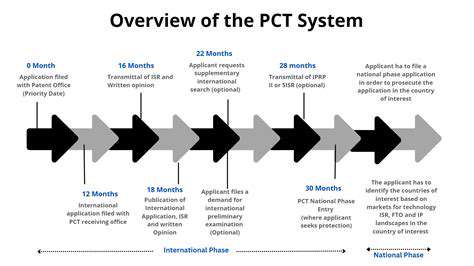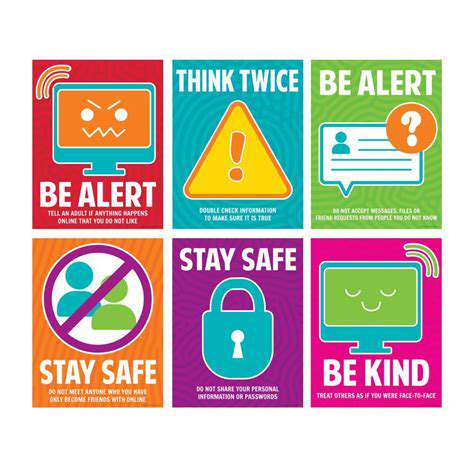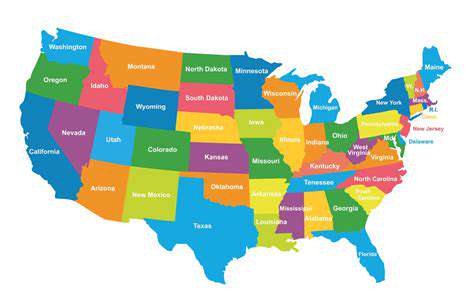Hiking the Pacific Crest Trail: A Beginner's Guide

Pre-Departure Preparations: Laying the Foundation
Embarking on the Pacific Crest Trail (PCT) requires more than just enthusiasm—it demands careful groundwork. Securing permits and gear is just the start. Mental readiness for the trail's physical and emotional challenges is equally vital. Study weather patterns, terrain difficulties, and emergency protocols. Establish a reliable support system and communication plan, and share your itinerary with trusted contacts.
Effective preparation means anticipating the unexpected. Familiarize yourself with resupply points, water sources, and alternate routes. Create contingency plans for injuries or equipment failures. Research trail communities and services that could assist you during your trek.
Gear Selection: Essential Equipment for Success
Your equipment choices can make or break your PCT experience. Prioritize lightweight yet durable items for shelter, sleep systems, and clothing suitable for fluctuating mountain weather. Test all gear extensively before departure to ensure reliability.
Footwear deserves special attention—ill-fitting boots can derail your hike. Break in your chosen boots with weighted training hikes. Consider carrying repair kits for critical gear like tents and backpacks.
Trail Etiquette and Environmental Stewardship
The PCT's fragile ecosystems require mindful hiking practices. Follow Leave No Trace principles religiously—pack out all waste, stay on designated paths, and minimize campfire use. Your choices directly impact the trail's preservation for future hikers.
Respect wildlife by maintaining safe distances and properly storing food. Be courteous to fellow hikers, yielding to uphill travelers and keeping noise levels considerate in shared camping areas.
Physical Preparation: Building Trail-Ready Fitness
The PCT's 2,650 miles demand exceptional endurance. Develop a progressive training regimen incorporating weighted hikes, elevation gain, and strength training. Focus on building joint stability and muscular endurance rather than pure strength.
Simulate trail conditions by training with your fully loaded pack. Include recovery days in your schedule to prevent overuse injuries before your hike begins.
Nutrition Strategies for Long-Distance Hiking
Caloric needs on trail often exceed 5,000 daily calories. Pack calorie-dense, nutrient-rich foods that withstand temperature fluctuations. Balance macronutrients carefully—complex carbs for energy, proteins for muscle repair, and healthy fats for sustained fuel.
Develop a flexible meal plan accounting for changing appetites and food availability at resupply points. Include electrolyte supplements to prevent imbalances during strenuous sections.
Mental Resilience: The Invisible Pack Weight
Long-distance hiking tests psychological endurance as much as physical stamina. Develop coping strategies for loneliness, fatigue, and unexpected challenges. Many hikers find journaling or meditation helps maintain perspective during difficult stretches.
Set achievable daily goals while remaining flexible. Celebrate small victories and practice positive self-talk during challenging moments.
Navigating Permits and Regulations
The PCT's popularity necessitates careful permit planning. Research requirements for each jurisdiction you'll traverse. Apply for competitive permits like the PCT Long-Distance Permit well in advance. Understand fire restrictions and bear canister requirements for specific regions.
Essential Gear for Your PCT Hike
Hydration Systems for Arid Sections
Water management becomes critical in Southern California's desert stretches. Carry multiple water containers totaling 6-8 liter capacity for dry sections. Consider gravity filters for efficient group water purification at campsites.
Mark reliable water sources on your maps and confirm current status with recent hiker reports. Always treat water from uncertain sources to prevent gastrointestinal illnesses.
Footwear for Varied Terrain
The PCT transitions from desert to alpine conditions. Many thru-hikers prefer lightweight trail runners over traditional boots. Select shoes with ample toe room to accommodate foot swelling during long mileage days. Break in multiple pairs before your hike.
Backpack Selection and Packing Techniques
Choose a pack with adjustable suspension to accommodate weight fluctuations between resupplies. Organize gear using waterproof stuff sacks and prioritize accessibility for frequently used items. Distribute weight evenly to prevent strain.
Navigation: Beyond Technology
While GPS devices are helpful, carry waterproof paper maps as backup. Learn basic orienteering skills—cell service disappears in remote sections. Download offline maps and trail guides for digital redundancy.
Layering System for Mountain Weather
The Sierra Nevada demands versatile clothing. Pack lightweight but warm layers including a quality puffy jacket and rain shell. Merino wool base layers manage temperature and odor during extended wear.
Comprehensive First-Aid Preparedness
Customize your medical kit beyond basics. Include blister prevention supplies, knee braces, and medications for altitude sickness. Learn basic wilderness first aid before your hike.
Navigating PCT Logistics and Permits
Understanding the PCTA Permit System
Permit acquisition requires strategic planning. The PCTA's long-distance permit covers most needs but doesn't guarantee camping at popular sites. Research additional requirements for areas like the John Muir Trail section.
Resupply Strategy Development
Plan mail drops for remote sections but remain flexible. Many hikers combine mailed packages with local purchases to adapt to changing needs. Identify potential bounce box locations for shared gear.
Transportation Logistics
Research trail town access points and shuttle services. Understand public transportation options near the trail for resupply trips. Budget for unexpected lodging needs during severe weather.
Financial Planning for the Trail
Thru-hiking costs often exceed initial estimates. Budget for gear replacements, unplanned zeros, and medical expenses. Consider emergency funds for unexpected situations.
Building Your PCT Fitness Foundation
Progressive Training Approach
Effective preparation blends endurance and strength. Start with short hikes carrying 20% of your body weight, gradually increasing to full pack weight. Incorporate stair training for elevation simulation.
Injury Prevention Strategies
Strengthen stabilizing muscles through balance exercises. Practice proper hiking form to prevent repetitive stress injuries. Include rest days in your training schedule.
Safety Systems for Your PCT Adventure

Emergency Preparedness
Carry multiple communication devices including PLB or satellite messenger. Share your itinerary with contacts who can monitor your progress. Know evacuation routes for different trail sections.
Building Your Trail Community
Connect with other hikers through forums and social media. Trail angels and fellow hikers often provide crucial support during challenging moments. Respect trail community norms and reciprocity.





![Best Hiking Boots for Long Treks [Review]](/static/images/27/2025-05/PracticalTipsforChoosingtheRightBoot.jpg)